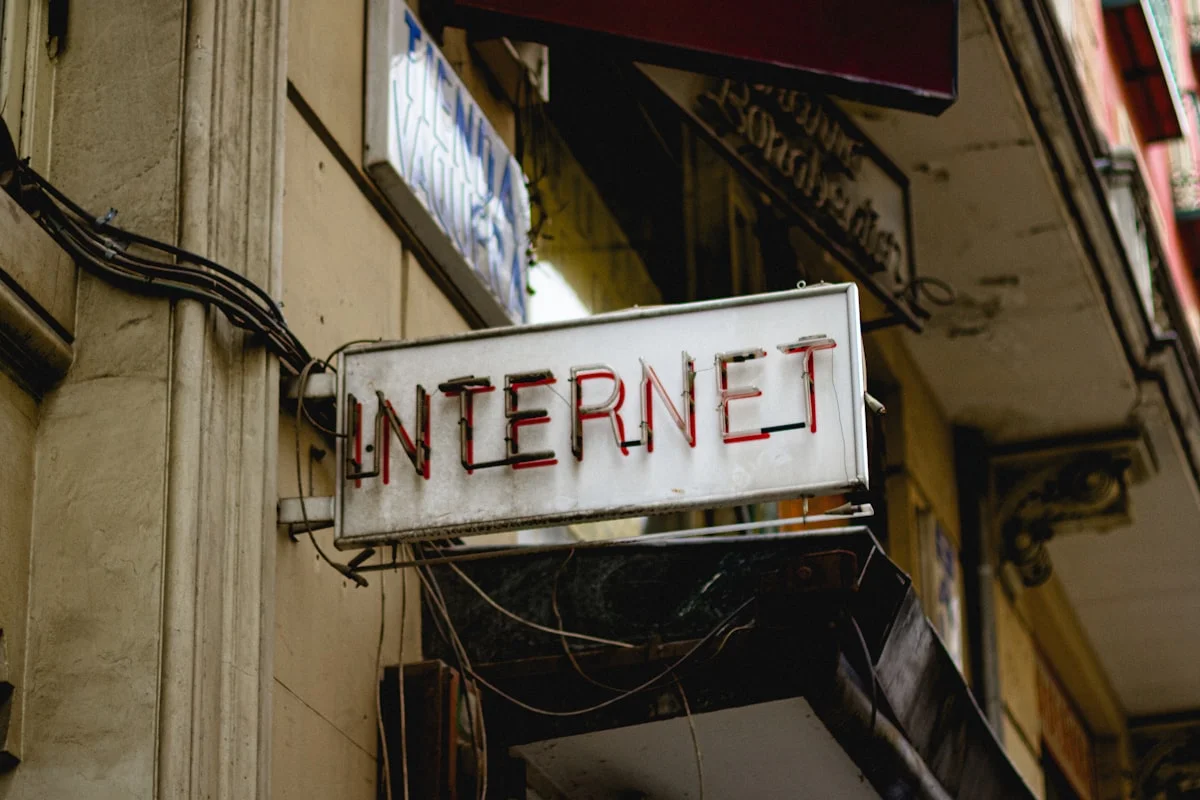How to Speed Up Internet Connection in 2025: A Complete Guide
Is your slow internet driving you crazy? Whether you’re working from home, streaming your favorite shows, or gaming online, a sluggish connection can be incredibly frustrating. Fortunately, there are several proven ways to speed up internet performance and enjoy faster browsing, downloads, and uploads. In this guide, we’ll explore actionable tips to speed up internet speeds, optimize your network, and troubleshoot common issues. By the end, you’ll know exactly how to boost your connection and eliminate lag for good.
Why Is My Internet So Slow?
Before you can fix a slow connection, it’s important to understand what might be causing it. Internet speeds can drop due to various factors, including outdated hardware, network congestion, or even your internet service provider (ISP) throttling bandwidth. Running a speed test can help you determine if your current speeds match what you’re paying for. If not, it’s time to take steps to speed up internet performance.
Restart Your Router and Modem
One of the simplest yet most effective ways to improve your internet speed is by restarting your router and modem. Over time, these devices can accumulate temporary glitches that slow down performance. Unplug both devices, wait about 30 seconds, and plug them back in. This quick reset can often resolve minor connectivity issues and restore faster speeds.
Upgrade Your Internet Plan
If you’ve been using the same internet plan for years, it might no longer meet your needs. Streaming 4K videos, online gaming, and multiple connected devices require higher bandwidth. Contact your ISP to see if a faster plan is available. In 2025, many providers offer fiber-optic or gigabit plans that can dramatically speed up internet performance for households with heavy usage.
Optimize Your Wi-Fi Signal
Weak Wi-Fi signals are a common culprit behind slow internet. If your router is tucked away in a corner or blocked by walls, your devices may struggle to maintain a strong connection. Reposition your router in a central location, preferably elevated and free from obstructions. Additionally, avoid placing it near electronics like microwaves or cordless phones, as these can interfere with the signal.
Use a Wired Connection
While Wi-Fi is convenient, a wired Ethernet connection often provides faster and more stable speeds. If possible, connect your computer, gaming console, or smart TV directly to the router using an Ethernet cable. This eliminates interference and ensures you’re getting the maximum speed your plan offers.
Update Your Router Firmware
Router manufacturers frequently release firmware updates to improve performance and security. Log into your router’s admin panel (usually accessible via a web browser) and check for available updates. Installing the latest firmware can enhance stability and even unlock new features that help speed up internet connections.
Limit Bandwidth-Hogging Applications
Some applications, like video streaming services or large file downloads, consume significant bandwidth. If multiple devices are using these services simultaneously, your overall speed may suffer. Use your router’s Quality of Service (QoS) settings to prioritize essential traffic, such as video calls or online gaming, over less critical activities.
Secure Your Network from Unauthorized Users
If your Wi-Fi network isn’t password-protected or uses a weak password, neighbors or strangers could be leeching off your bandwidth. Ensure your network is secured with WPA3 encryption (the latest standard in 2025) and a strong, unique password. This prevents unauthorized access and helps maintain faster speeds for your own devices.
Consider a Mesh Network for Larger Homes
If you live in a large house or have dead zones where Wi-Fi signals drop, a mesh network system can help. These systems use multiple nodes to blanket your home with strong, consistent coverage. Brands like Google Nest Wi-Fi and Eero offer easy-to-setup solutions that eliminate weak spots and improve overall performance.
Check for ISP Throttling
Some ISPs intentionally slow down certain types of traffic, such as streaming or torrenting, during peak hours. To check if your ISP is throttling your connection, run a speed test with and without a VPN. If speeds improve with the VPN, your ISP may be limiting your bandwidth. In such cases, switching providers or upgrading to a business plan (which often avoids throttling) could be the solution.
Upgrade Your Router
Older routers may not support the latest Wi-Fi standards, such as Wi-Fi 6 or 6E, which offer faster speeds and better efficiency. If your router is more than five years old, investing in a newer model can significantly speed up internet performance. Look for routers with dual or tri-band capabilities to handle multiple devices seamlessly.
Clear Your Browser Cache and Cookies
Over time, your browser accumulates temporary files that can slow down your browsing experience. Regularly clearing your cache, cookies, and browsing history can help pages load faster. Most browsers offer a quick option to delete this data in their settings menu.
Use a Reliable DNS Server
Your ISP’s default DNS server may not always be the fastest. Switching to a public DNS service like Google DNS (8.8.8.8) or Cloudflare DNS (1.1.1.1) can reduce latency and speed up website loading times. You can change your DNS settings in your device’s network preferences or router admin panel.
Monitor and Manage Connected Devices
The more devices connected to your network, the more bandwidth is divided. Smartphones, tablets, smart TVs, and IoT devices all consume data, even in the background. Disconnect devices you’re not actively using, and consider setting up a guest network for visitors to keep your main network running smoothly.
Final Thoughts: Enjoy Faster Internet in 2025
A slow internet connection doesn’t have to be a permanent problem. By following these steps—restarting your router, optimizing Wi-Fi signals, upgrading hardware, and monitoring bandwidth usage—you can speed up internet speeds and enjoy seamless browsing, streaming, and gaming. If all else fails, don’t hesitate to contact your ISP for further assistance. With the right adjustments, you’ll be back to blazing-fast speeds in no time.

